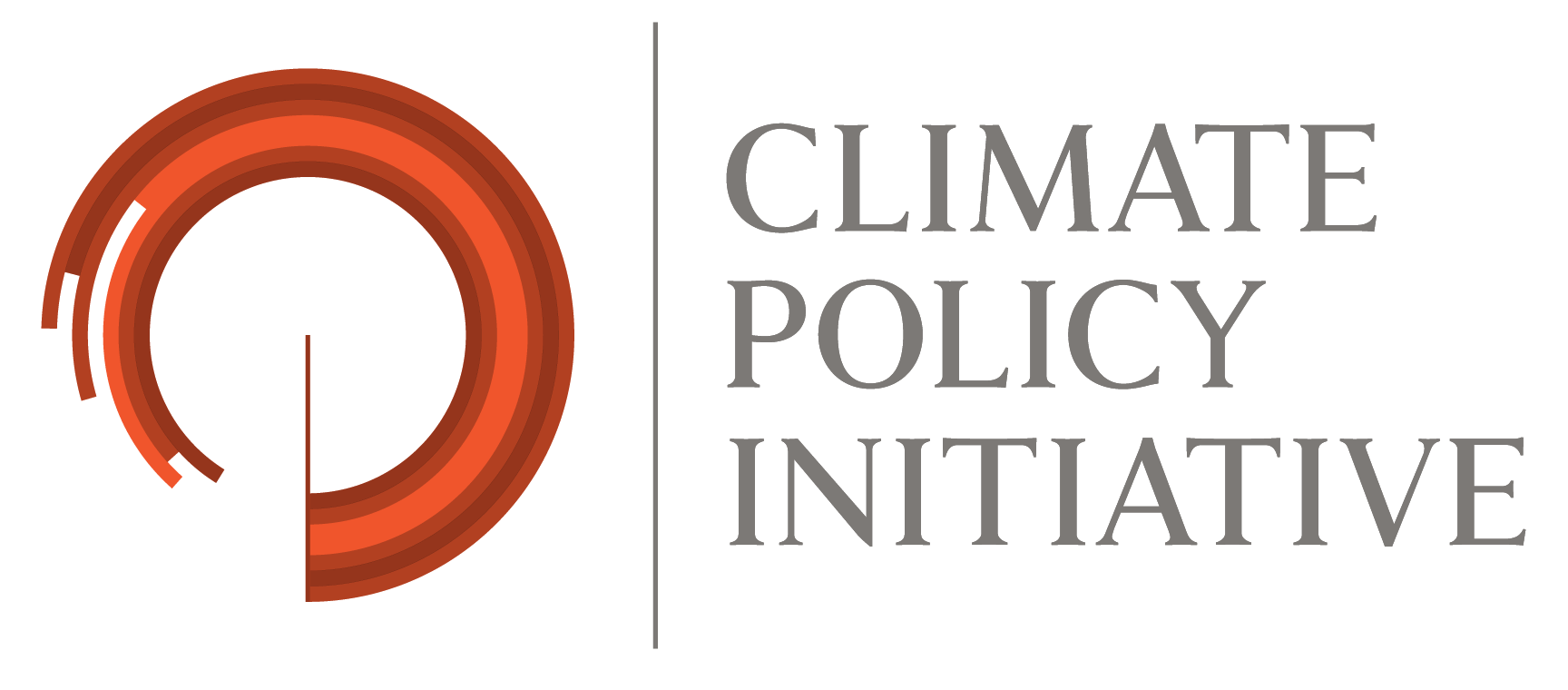Adaptation and Resilience
There is an urgent need to spur greater investment into climate adaptation and resilience. However, current investments in adaptation constitute only a fraction of what is needed to avoid costly and catastrophic future impacts.
To help investors and policymakers better understand needs and opportunities, and close the adaptation investment gap, CPI tracks the current state of global finance for climate adaptation, guides recommendations on how best to fill data gaps in adaptation tracking, and conducts analysis and proposes solutions aimed to mobilize private finance for adaptation and resilience.
Karya unggulan
Publikasi
Tracking and Mobilizing Private Sector Climate Adaptation Finance
The lack of data on private adaptation finance creates significant uncertainty regarding progress on addressing climate vulnerabilities and leaves decision makers without critical information on where they should target additional investments. CPI has developed a methodological and data approach to improve tracking of private sector adaptation finance. These efforts have significantly increased the amount of private adaptation finance tracked.
Publikasi
Financing Adaptation in India
India faces heightened vulnerability to climate change repercussions, given its diverse geography and socio-economic conditions. This report assesses India’s adaptation approach, scrutinizes the policy landscape, evaluates state-level investment needs, and explores avenues to bridge funding gaps through public and private finance.
Publikasi
Building Financial Instruments for Climate Adaptation
Drawing on lessons learned from past instruments, the Lab has identified five key steps for structuring adaptation-focused financial instruments that deliver results.
Pekerjaan terbaru
Publikasi
Financing Nature’s Adaptive Capacity
This report, developed with support from iCS, highlights how innovative finance can unlock private investment for nature-based solutions that enhance climate resilience, drawing insights from five global case studies.
Publikasi
Global Landscape of Climate Finance 2025: EMDE Spotlight
Finance for emerging markets and developing economies (EMDEs) is key to combating the global climate crisis and driving sustainable growth. The Global Landscape of Climate Finance 2025: EMDE Spotlight reveals how these economies are mobilizing climate investment and identifies the opportunities, policies, and financial innovations needed to accelerate a just, global transition.
Publikasi
The South African Climate Finance Landscape 2025
The South African Landscape of Climate Finance 2025 offers the first biannual update of national climate finance flows, analyzing how funds are mobilized, channeled, and deployed across sectors. It provides evidence to help policymakers, investors, and partners scale, coordinate, and target finance more effectively to drive South Africa’s Just Transition and development goals.
Publikasi
State and Trends of Climate Adaptation Finance in Small Island Developing States
Small Island Developing States (SIDS) face urgent adaptation needs yet remain underserved by climate finance. This report examines persistent barriers, from high transaction costs to limited private investment, and outlines priority actions for the global finance community to dramatically scale and improve adaptation finance for these highly vulnerable countries.
Publikasi
Bridging the Adaptation Finance Gap in Asia
Asia faces a critical climate adaptation finance gap, with only USD 34 billion flowing annually against an estimated need of USD 431 billion. Scaling concessional finance, strengthening local leadership, and leveraging innovative tools like callable capital are essential to build climate resilience and secure a sustainable future for the region.
Blog
Tracking Private Investment for Adaptation: The Need, Our Progress, and Next Steps
Private finance for adaptation is increasingly vital—growing these flows requires a better understanding of how much is going where. This blog post highlights CPI’s recent evolution of related tracking methodologies, and next steps to deepen and broaden the data coverage.

